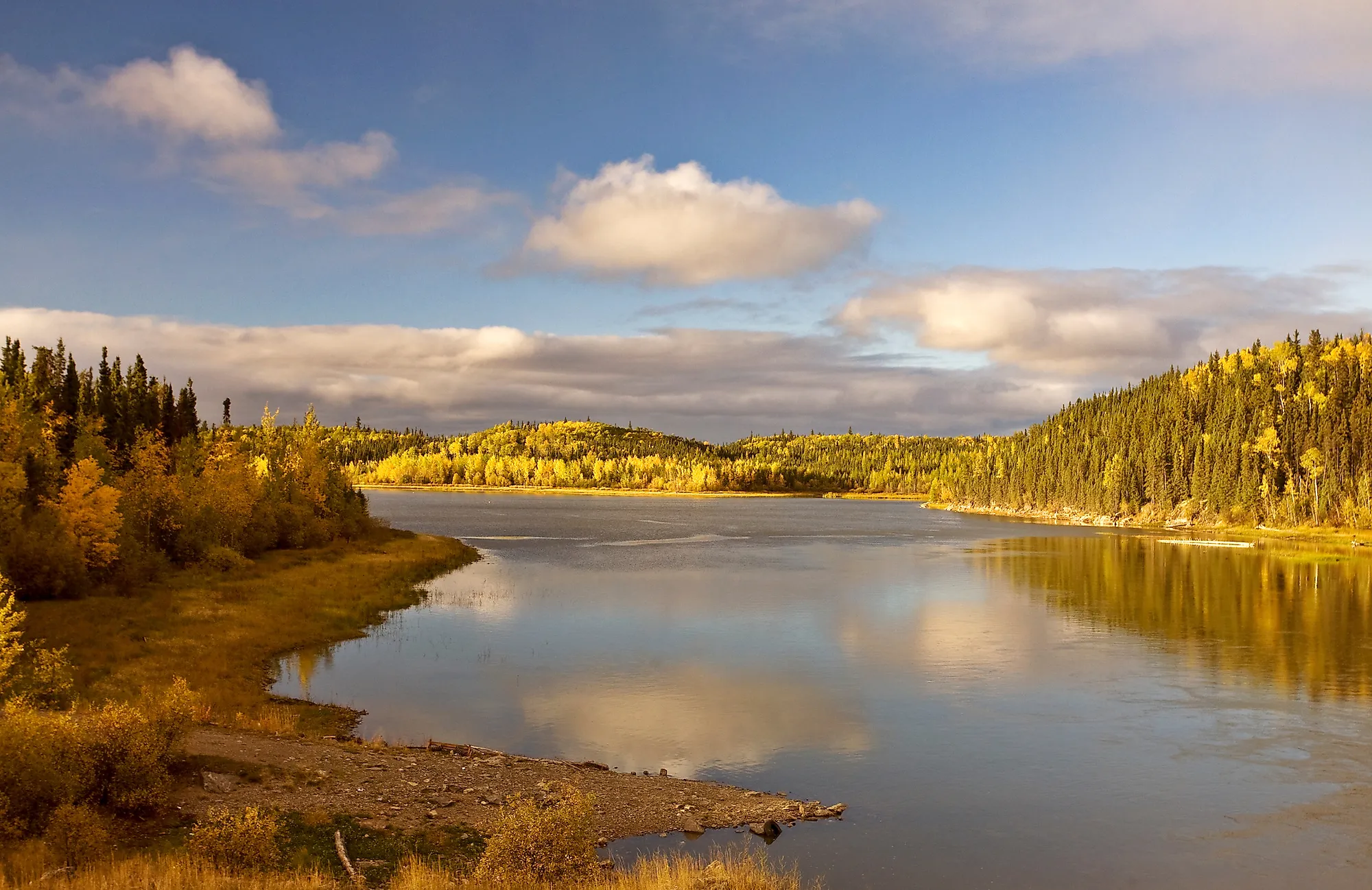
Lake Manitoba
Lake Manitoba is a narrow lake named after the southern Canadian province where it is located. It is formed from some of the last remaining waters of Lake Agassiz, a massive glacial lake whose waters dominated much of the North American landscape at the end of the most recent ice age, between 8,000 and 14,000 years ago. It is located in south-central Manitoba and drains into Lake Winnipeg through the St. Martin and Dauphin Rivers. Although it was once an important trade route for settlers, today, Lake Manitoba is primarily a fishing lake. It is known for its newer efforts in a sustainable fishing industry due to its history of unsustainable harvest patterns.
The lake's recreational and commercial fisheries are an integral part of the local economy, valued at approximately $9 million CAD per year. It is one of the province's three main fishing lakes, partnered with Lake Winnipeg and Lake Winnipegosis, both of which are also remnants of Lake Agassiz. In addition to its prominent fish population, Lake Manitoba's southern shores are home to the Delta Marsh, a designated wildlife protection area famous for being one of North America's largest waterfowl migration nesting grounds.
Geography Of Lake Manitoba
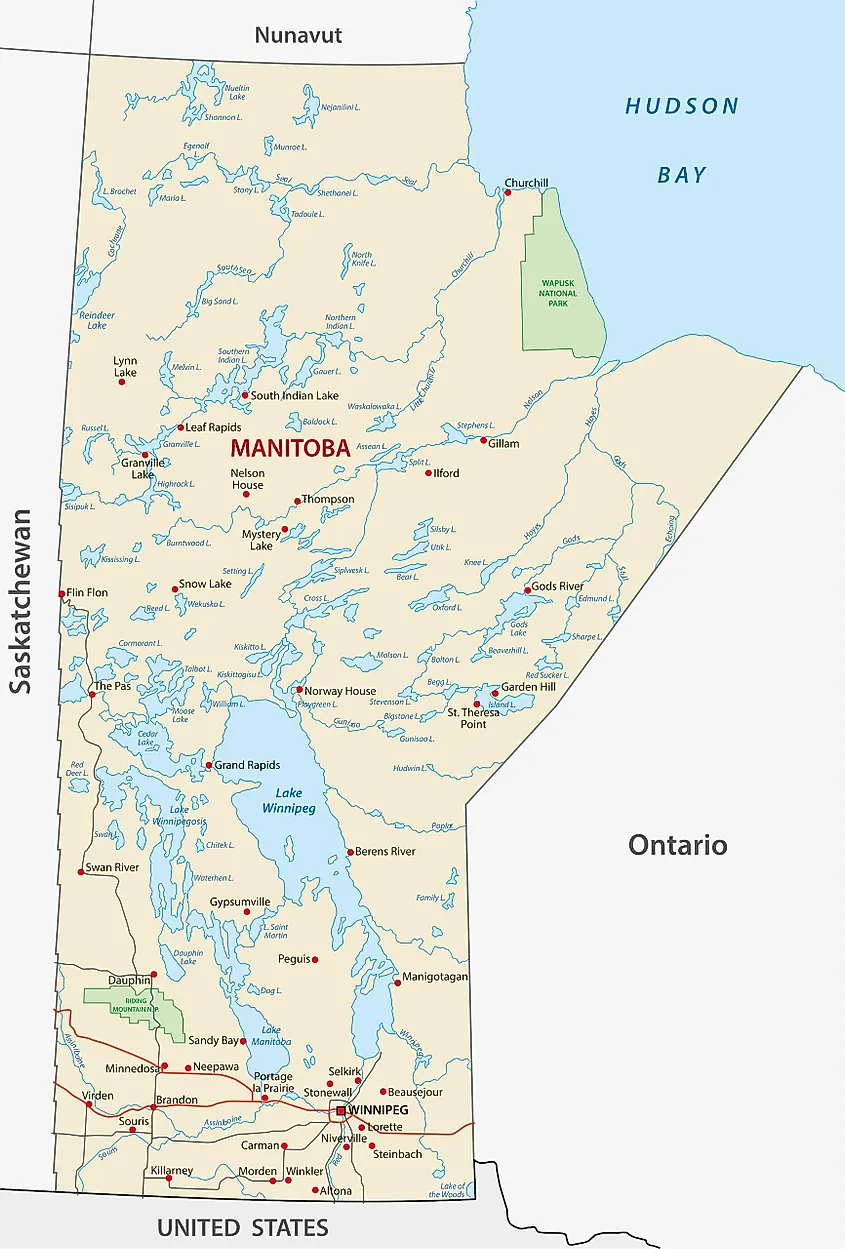
The smallest of 3 major lakes in the area (Lake Winnipeg is the largest, followed by Lake Winnipegosis), Lake Manitoba is still the third largest lake in the province. It is over 125 miles long, around 28 miles wide, and 23 feet deep. The lake's shape is often described as "irregular," and it has an area of 1,785 square miles. Two distinct basins are connected in Lake Manitoba, known simply as the northern and southern basins, the latter being far larger. Much of Lake Manitoba's southern shores are composed of marsh, but a 2-mile stretch of sand can be found at Delta Beach.
Is Lake Manitoba A Freshwater Or Saline Lake?
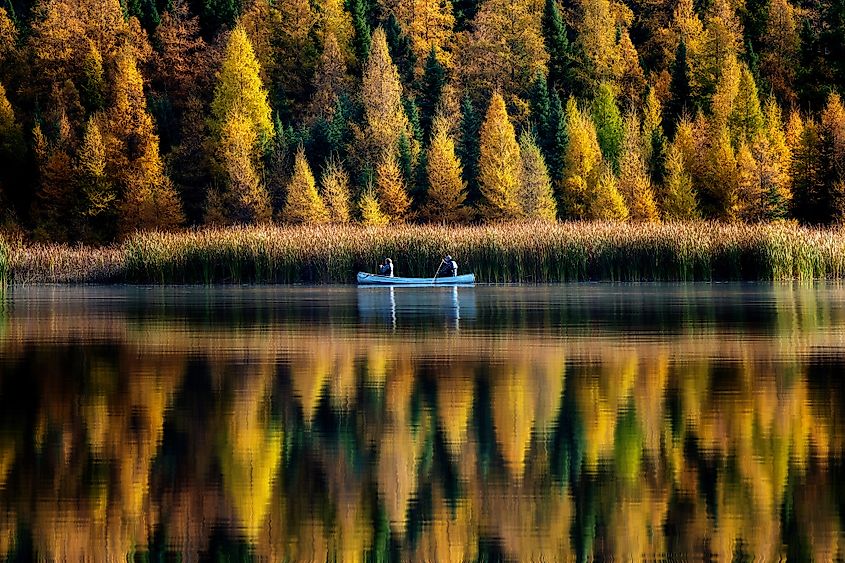
Although some sources cite Lake Manitoba as a freshwater lake, its saline levels technically prove otherwise. Certain freshwater lakes may contain small amounts of salt, but to qualify as a freshwater body, the levels must amount to anything under 3 g/L. Saline lakes differ, having anywhere between 3 and 300 g/L of dissolved salts. With saline levels of approximately 3.5 g/L, by definition, Lake Manitoba is indeed a saline lake.
Thus, while some sources list Saskatchewan's Big Quill Lake as the largest saline body in Canada's Great Plains region (consisting of the Prairie Provinces: Manitoba, Saskatchewan, and Alberta), Lake Manitoba earns this title as well. Perhaps overlooked due to its saline levels bordering close to freshwater, Lake Manitoba's saline lake-status and 1785-square-mile size still surpass that of the 118-square-mile saline Big Quill.
Brief History Of Lake Manitoba
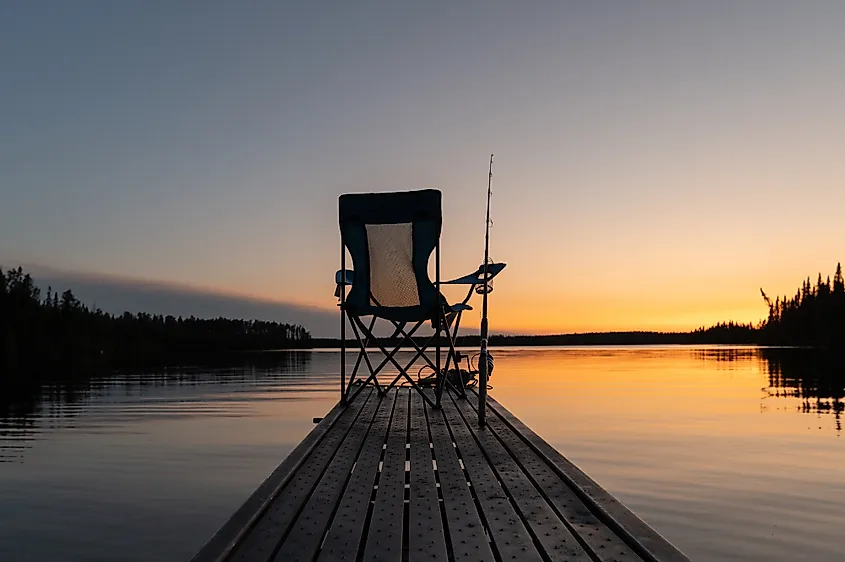
Originally occupied by the Assiniboine people, Lake Manitoba was once referred to as "Lac des Prairies" by French explorers, a name given to the lake by French fur trader Pierre Verendrye. This name was eventually replaced with "Lake Manitoba". The province and lake's name are believed to be derived from an Algonquian word ("manito-bau") meaning "the strait of the spirit," a title supposedly inspired by the sound of waves crashing against limestone in the Lake Manitoba Narrows.
For years after Verendrye's influence, the lake was a significant trade route for the transportation of furs. From Lake Manitoba to Lake Winnipeg and finally to the northern rivers of the Hudson Bay, the trade route flourished, eventually motivating the establishment of a commercial fishery on Lake Manitoba. The lake boomed with sturgeon and whitefish, and the fur and fishing trade not only coexisted but thrived off one another.
Over time, however, the fishing industry in Lake Manitoba experienced countless fluctuations due to a combination of unsustainable practices and economic challenges. In 1895, regulations were enforced for commercial fishing on Lake Manitoba, and in 1905, summer fishing became prohibited. To this day, winter fishing is still enforced, allowing the lake's agricultural cycle to regenerate.
Unfortunately, in 2020, stock assessments of Lake Manitoba revealed that the lake is still being fished at unsustainable levels. In 2023, the Manitoba government invested an additional $1.5 million CAD into their Sustainable Fisheries and Certification Program, on top of the $2.5 million CAD the province invested in 2022.
Ecology Of Lake Manitoba
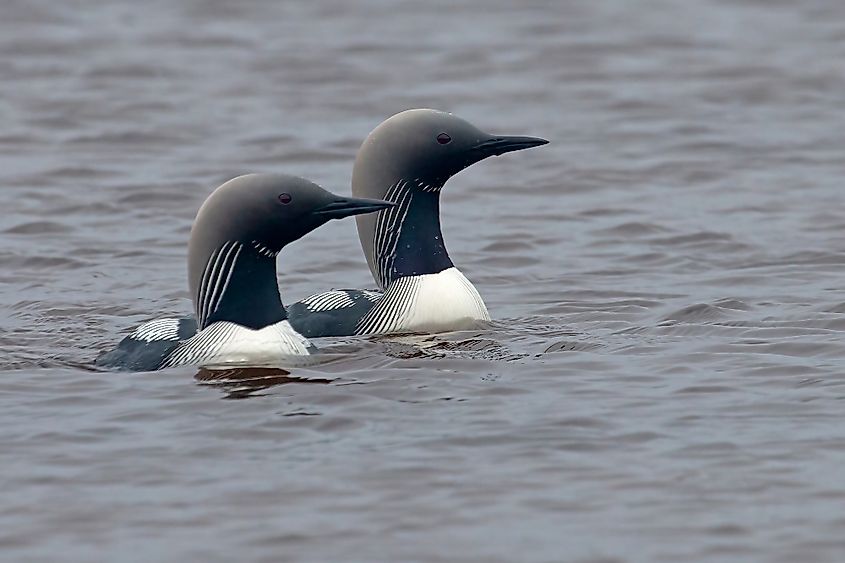
Lake Manitoba is an integral part of the south-central Manitoba ecosystem, both for the fish who live below its waters and the birds and mammals who live and sustain themselves above. In the 19th century, the lake's most marketable fish was the whitefish. Today, the more common catch includes walleye, yellow perch, sauger, northern pike, and silver bass. Less common fish include whitefish, trout, sturgeon, Arctic grayling, Arctic char, and the rare burbot.
Bears and deer are frequently spotted around the lake's borders, while ducks and geese can be seen atop its waves. On the south shore of the lake, 15,855 acres of lakefront land were privately established as the Delta Waterfowl and Wetlands Research Station due to its marshes supporting one of North America's largest waterfowl migration rest stops.











